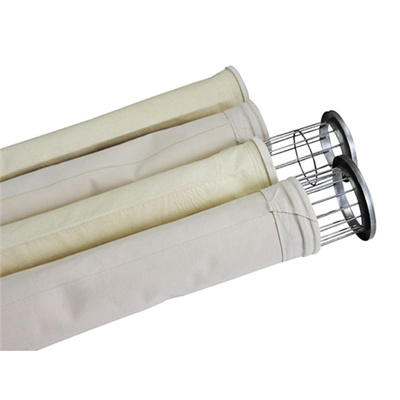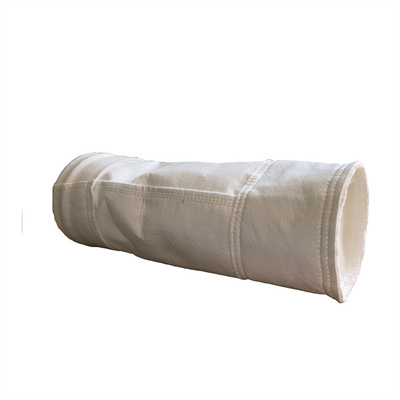Filter bags are an essential component in various industrial processes and filtration systems, designed to capture and separate solid particles or contaminants from a fluid or gas stream. The features of filter bags can vary depending on their intended application and the specific requirements of the filtration system. Here are some common features and considerations for filter bags:
- Material Composition:
- Filter bags are typically made from a variety of materials, including woven or non-woven fabrics, felted materials, or mesh screens. The choice of material depends on factors such as temperature, chemical compatibility, and particle size.
- Micron Rating:
- The micron rating of a filter bag indicates the size of particles it can effectively capture. Lower micron ratings mean finer filtration and the ability to capture smaller particles.
- Size and Shape:
- Filter bags come in various sizes and shapes to fit different filtration housings and systems. Custom sizes can be designed to meet specific requirements.
- Filtration Efficiency:
- The filtration efficiency of a filter bag is a measure of its ability to remove particles of a certain size from a fluid or gas stream. Higher efficiency filter bags are designed to capture a greater percentage of particles.
- Flow Rate:
- Filter bags are designed to allow a certain flow rate of fluid or gas while still effectively capturing contaminants. It’s essential to select a filter bag with an appropriate flow rate for your system’s needs.
- Compatibility:
- Filter bags must be compatible with the fluid or gas being filtered. Chemical compatibility is crucial to prevent material degradation or contamination.
- Temperature Resistance:
- Some filtration processes involve high-temperature fluids or gases. Filter bags must be able to withstand these temperatures without deforming or degrading.
- Bag Closure Mechanism:
- Filter bags are often designed with various closure mechanisms, such as sewn-in seams, flanges, or snap rings, to ensure a secure seal within the filtration housing.
- Cleanability and Reusability:
- Some filter bags are designed for single-use, while others can be cleaned and reused multiple times. The choice depends on cost-effectiveness and the nature of the filtration process.
- Anti-Static or Conductive Properties:
- In applications where static electricity poses a risk, filter bags may have anti-static or conductive properties to dissipate static charges.
- FDA Compliance:
- In food and pharmaceutical industries, filter bags may need to meet FDA (U.S. Food and Drug Administration) compliance requirements to ensure safety and hygiene.
- Pressure Drop:
- Filter bags can impact the pressure drop across a filtration system. Proper sizing and selection of filter bags are necessary to minimize pressure drop while achieving effective filtration.
- Dust Release:
- Some filter bags are designed to release collected dust easily during cleaning or replacement, preventing the risk of dust escaping back into the environment.
The features of filter bags are highly dependent on the specific application and industry requirements. Proper selection of the right filter bag is crucial to ensure efficient and cost-effective filtration in various industrial processes.





















